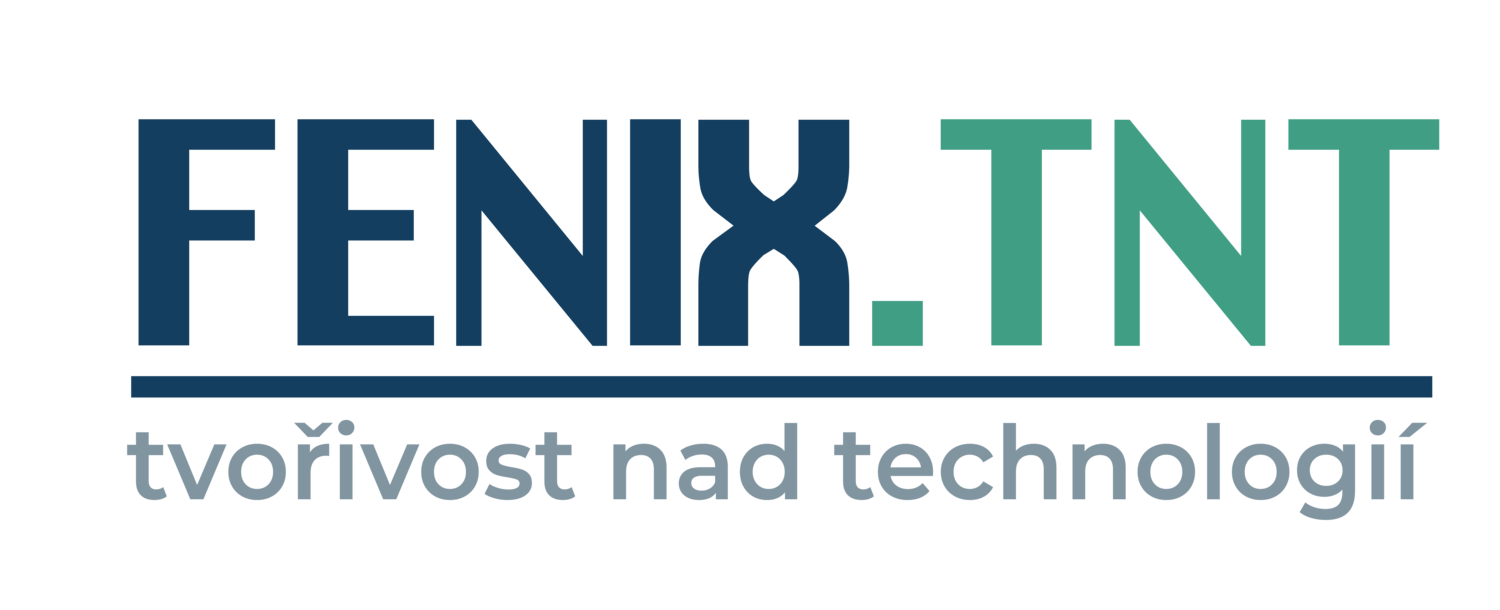AN ENERGY-EFFICIENT AIR CONDITIONING SYSTEMS
FUNDING PROGRAMME AND AREA
FP7-2012-NMP-ENV-ENERGY-ICT-EeB
Nanotechnology-based approaches to increase the performance of HVAC systems
DURATION
Starting date – September 01, 2012
Ending date – February 28, 2016
OUR ROLE
Dissemination, exploitation and communication leader
COORDINATOR
FUNDACION TECNALIA RESEARCH & INNOVATION
Objectives
The main goal of the project was to develop an innovative HLD system in the range of 100-200 kW, where waste heat from the condenser is used for the regeneration of the desiccants. The energy demand by this process is 55% of the conventional technique. In cases of severe humid environments, like swimming pools, or kitchens, the energy savings can achieve easily levels of 65%-70%. Several innovative components have been developed, namely:
Two multifunctional heat exchangers with high corrosion resistance for either water vapour absorption from the airflow or desiccant regeneration;
Development of a liquid-liquid heat exchanger with high corrosion resistance for desiccant regeneration process pre-heat (liquid-liquid desiccant).
Based on the promising results of the FP7 Thermonano project, thermally conductive polymer nano-composites were considered as material for these components and shaped into innovative engineered heat exchange surface. The partners foresee an initial market worth up to 180 MEuro by 2020, generating/maintaining 4000 job opportunities for skilled operators and installers. The partners expect that the intended HVAC solution will allow cumulative savings on an energy bill of at least 60 MEuro with a pay-back time below 2 years in case of 50% use.














